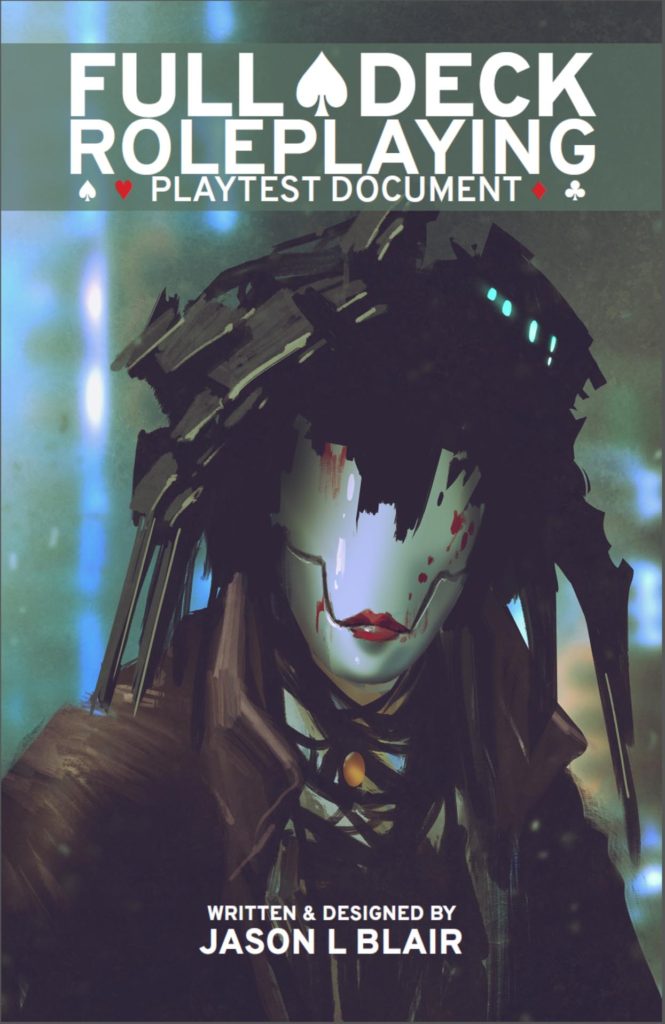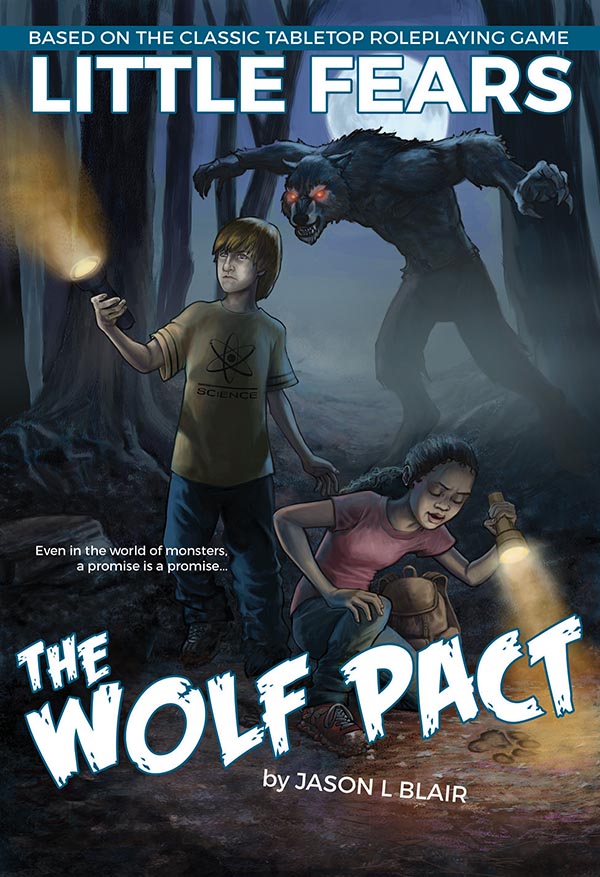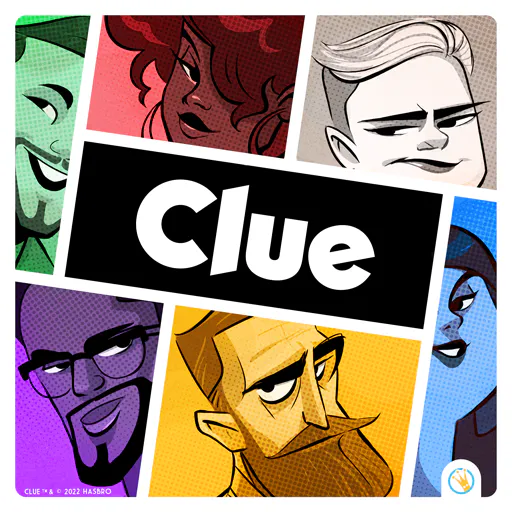-
Latest Posts
-
Latest Releases


My Sites
Tags
- adventure gamers
- agents of mayhem
- buried tales
- character collection
- comics
- conduit 2
- don't walk in winter wood
- dream project
- esoterrorists
- essays
- eulogy
- fiction
- friends
- gdc
- gencon
- haunted
- high voltage
- human head
- interviews
- kickstarter
- little fears
- movies
- nominations
- non-fiction book
- one-year plan
- operation: awesome
- pandemic
- pc games
- podcasts
- point-and-click
- prey 2
- ps2
- ps3
- ps4
- rpgs
- saints row iv
- streets of bedlam
- tales of the far west
- the bones
- transmedia
- video games
- volition
- wii
- xbox 360
- xbox one
Previously On…
- March 2025 (2)
- February 2025 (4)
- January 2025 (4)
- December 2024 (5)
- January 2024 (1)
- October 2020 (1)
- May 2020 (1)
- April 2020 (1)
- May 2019 (1)
- July 2018 (2)
- June 2018 (1)
- April 2018 (1)
- February 2018 (1)
- November 2017 (1)
- August 2017 (1)
- July 2017 (1)
- June 2017 (1)
- June 2016 (4)
- May 2016 (1)
- June 2015 (1)
- February 2015 (1)
- January 2015 (3)
- October 2014 (1)
- August 2014 (2)
- July 2014 (1)
- May 2014 (3)
- January 2014 (1)
- December 2013 (3)
- October 2013 (2)
- September 2013 (1)
- August 2013 (3)
- July 2013 (1)
- June 2013 (2)
- April 2013 (1)
- March 2013 (3)
- February 2013 (2)
- January 2013 (1)
- December 2012 (1)
- October 2012 (1)
- September 2012 (1)
- August 2012 (1)
- July 2012 (2)
- June 2012 (2)
- April 2012 (2)
- March 2012 (2)
- January 2012 (5)
- December 2011 (5)
- November 2011 (1)
- October 2011 (2)
- July 2011 (1)
- June 2011 (1)
- May 2011 (3)
- April 2011 (2)
- March 2011 (2)
- February 2011 (1)
- January 2011 (1)
- December 2010 (2)
- November 2010 (3)
- October 2010 (2)
- September 2010 (4)
- August 2010 (5)
- July 2010 (5)
- June 2010 (4)
- May 2010 (2)
- April 2010 (1)
- March 2010 (8)
Friends' Sites
- Aaron Rosenberg
- Adam Jury
- Chris Pramas
- Chuck Wendig
- Daniel Solis
- Ed Lima
- Flames Rising
- GamePlayWright
- Gareth Hanrahan
- Gareth-Michael Skarka
- James Maliszewski
- Jared Sorensen
- Jeff Tidball
- Jon Leitheusser
- Josh Neff
- Kenneth Hite
- Kevin Riepl
- Matt Forbeck
- Matt Kulka
- Matt Snyder
- Matthew Breit
- Matthew Laznicka
- Monica Valentinelli
- Paul Jessup
- Sarah Newton
- Team Preston
- Veronica V. Jones
Tag Archives: rpgs
Back from the Big Show
I rolled home late Sunday night still riding the high from five glorious days spent catching up with old friends, making new ones, and playing some games. I came to GenCon for the sole purpose of seeing friends and kept … Continue reading
GenCon on my Mind
I’m heading out to GenCon Indy soon, my first since 2006, and I’m quite excited to see a lot of friends I haven’t in that time and hopefully come away with a few more. I’m going as a civilian this … Continue reading
Character Collection: Dark•Matter (Alternity)
I was turned onto Alternity about this time last year. Though I forget the source of the initial spark, the fire caught quick and burned bright. I read everything I could on it, scouring Wikipedia, online reviews, and the excellent … Continue reading
Posted in character collection, rpg
Tagged alternity, character collection, dark matter, rpgs
Leave a comment
Catching Up with Friends
Thought I’d shed a little light on some of the exciting projects my friends have been cooking up. Jeff Preston’s 60 Character Portraits Illustrator-extraordinaire Jeff Preston recently launched a Kickstarter project along with co-conspirator A Terrible Idea called “60 Terrible … Continue reading
Buried Tales Gets an Ennie Nomination
Last year, my good friend Matt McElroy (of Flames Rising fame) put together a fiction compilation in support of design studio 12 to Midnight‘s excellent Pinebox, Texas game setting (now published by the fine folks at Pinnacle Entertainment Group). The … Continue reading
Rattling THE BONES
Last September, I managed to convince the folks at Gameplaywright that I was worthy of being included in their next book. Their previous publication, the well-received Things We Think About Games, was buzzing around the gamer zeitgeist with supersonic speed … Continue reading
Character Collection: Cybergeneration
Back before my life took a turn for the crowded, I promised I’d make a new character every week from one of the games in my roleplaying library. Okay, I’ve lost some time but let’s not dwell on such things. … Continue reading
Too Many Games, Too Few Characters
A couple weeks ago, I finally catalogued my pen and paper game collection. I’ve been into RPGs for almost two decades, and I’ve worked in the industry for almost half that, so I’ve accumulated a fair amount of books. Nowhere … Continue reading
Gimme Something to Do
Yesterday, on my Twitter account, I posted: I prefer games that are more focused on stuff I can do than on stuff I need to know. This is something I’ve been turning over in my head for a while. I … Continue reading
Character Collection: Maschine Zeit
Maschine Zeit is a new horror RPG currently being developed by David A. Hill Jr for publication by Machine Age Productions. David put the call out a few days ago for folks to playtest the character creation rules and, intrigued … Continue reading

